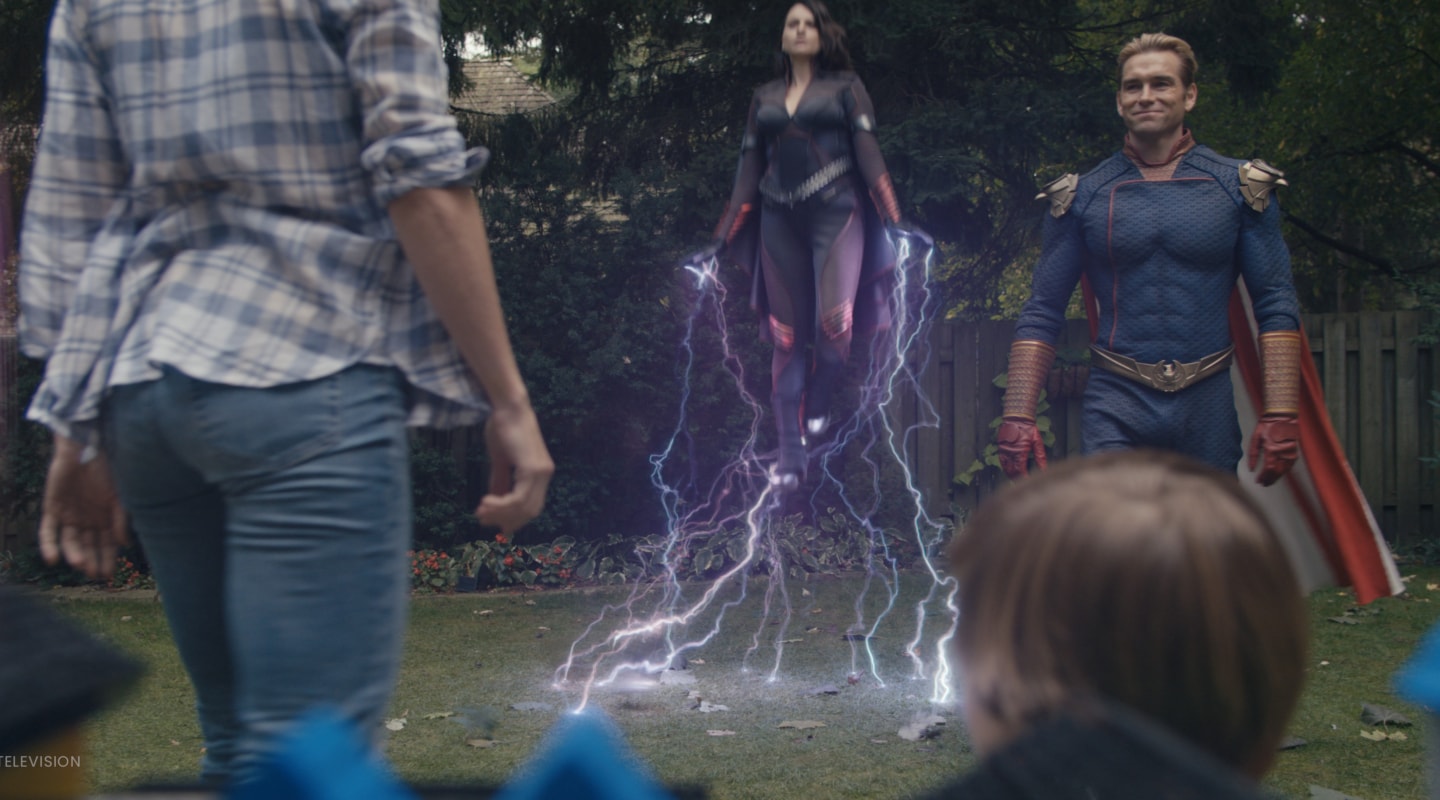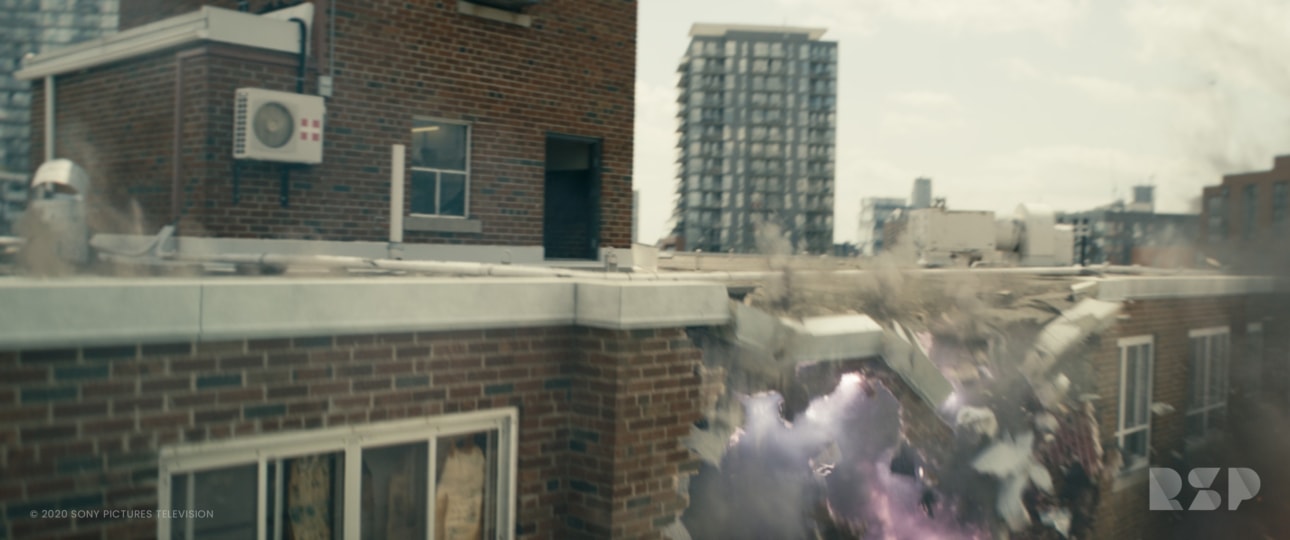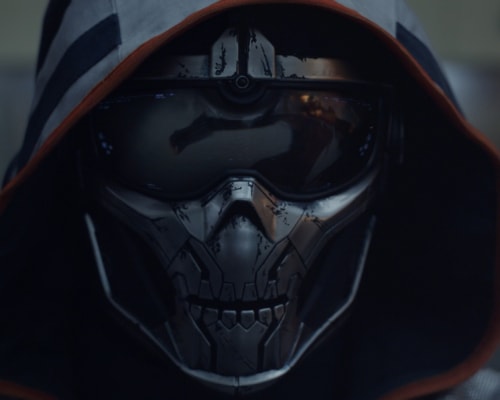THE BOYS (SEASON 2)
Rising Sun Pictures delivers hundreds of FX for Superhero Hit “The Boys”
Adelaide, South Australia — July 13 2021, In its first project for Sony Pictures Television, RSP provided visual effects services for 'The Boys' second season. The studio produced nearly 200 visual effects shots for the eight-episode season, with much of its work centered on a new addition to its cast, Stormfront, a superhero who wields lethal bolts of plasma.
Play
Reel
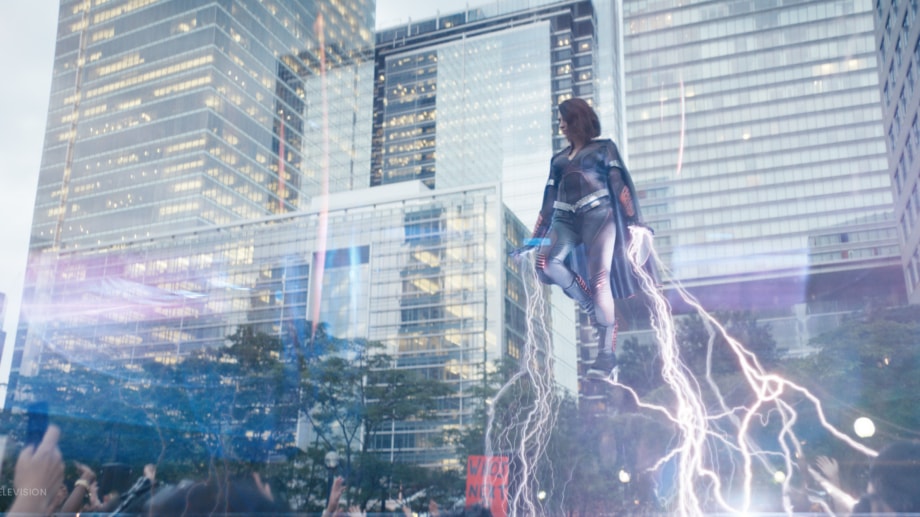
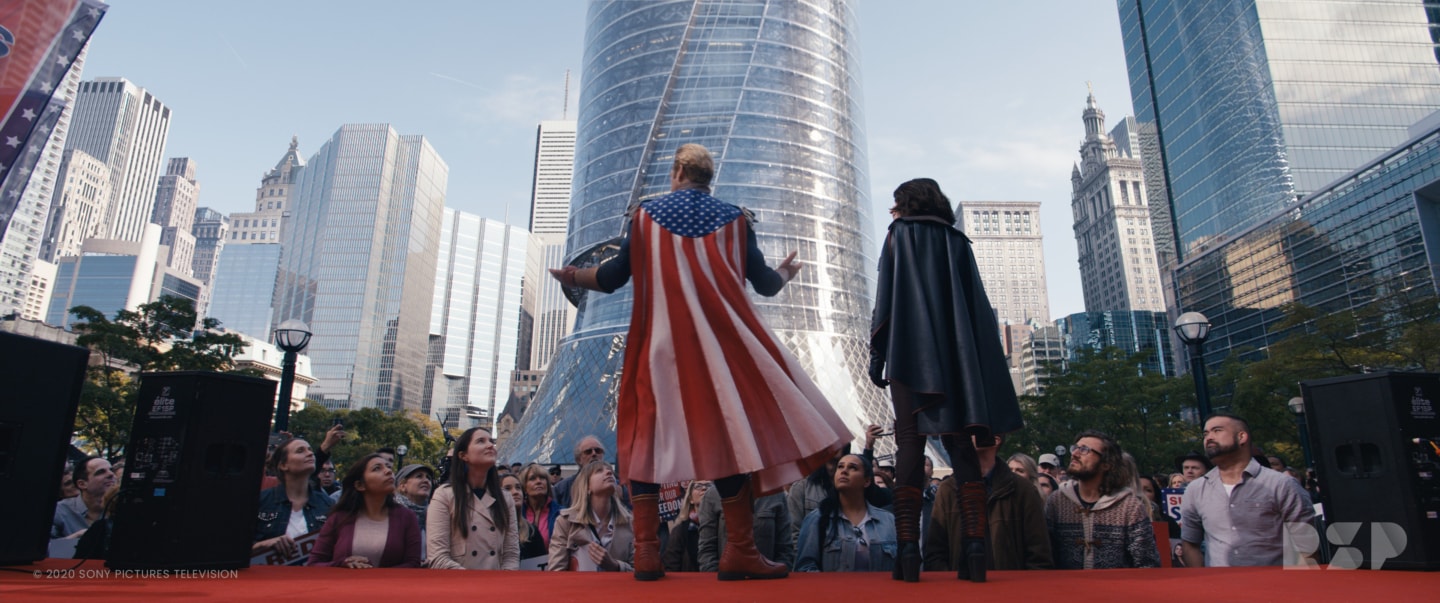
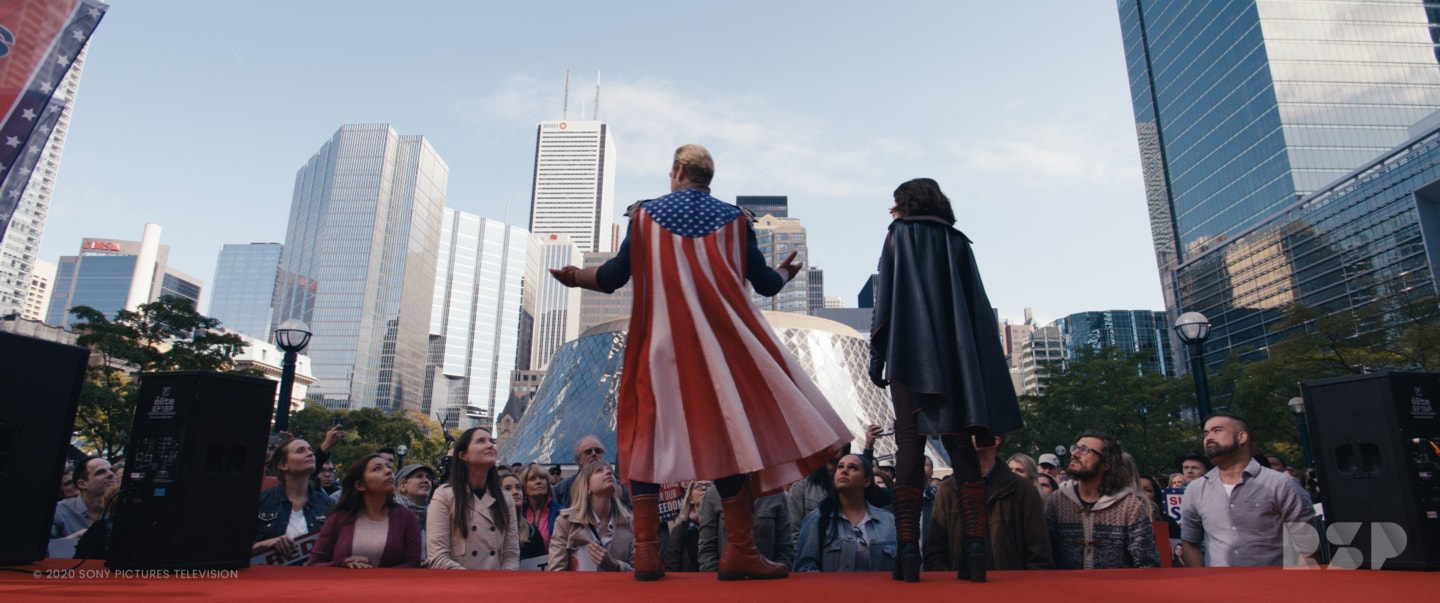
Working under the supervision of The Boys’ VFX Supervisor Stephan Fleet and VFX Producer Shalena Oxley-Butler, RSP assembled a dedicated, tight-knit crew who produced a vast assortment of effects for the show, all in 4K.
RSP’s primary task was to generate effects associated with the character Stormfront. The studio worked closely with the series production team to develop a unique, visually arresting and menacing look for Stormfront’s signature superpower, her ability to generate hyper-charged bolts of plasma.
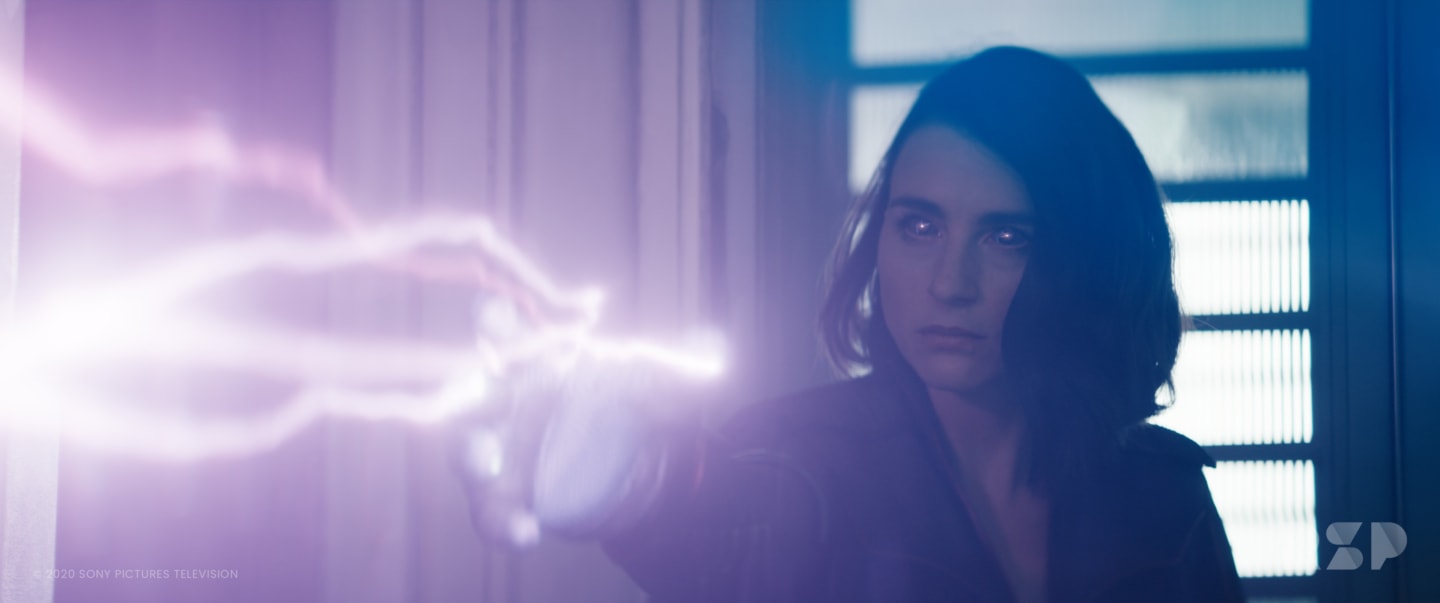
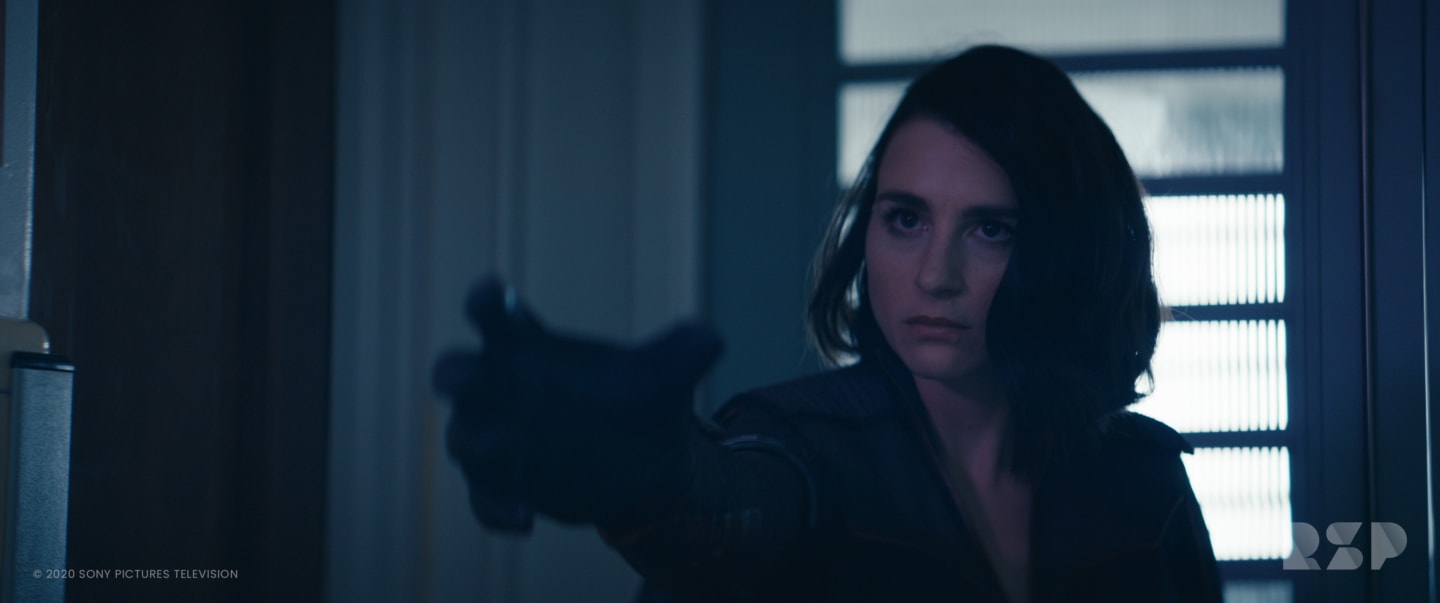
“ The aesthetic of the show is to keep things as real as possible, we analysed the behaviour of electrical arcs and other forms of energy to determine how plasma emanates from her body, how it moves through space, how long it remains visible and the amount of random variation we needed to apply. ” RSP VFX Supervisor, Julian Hutchens.
For added realism, artists applied a brief blue horizontal sensor error artefact, similar to a camera flare, to certain shots to make it appear as though the effect was shot in camera.
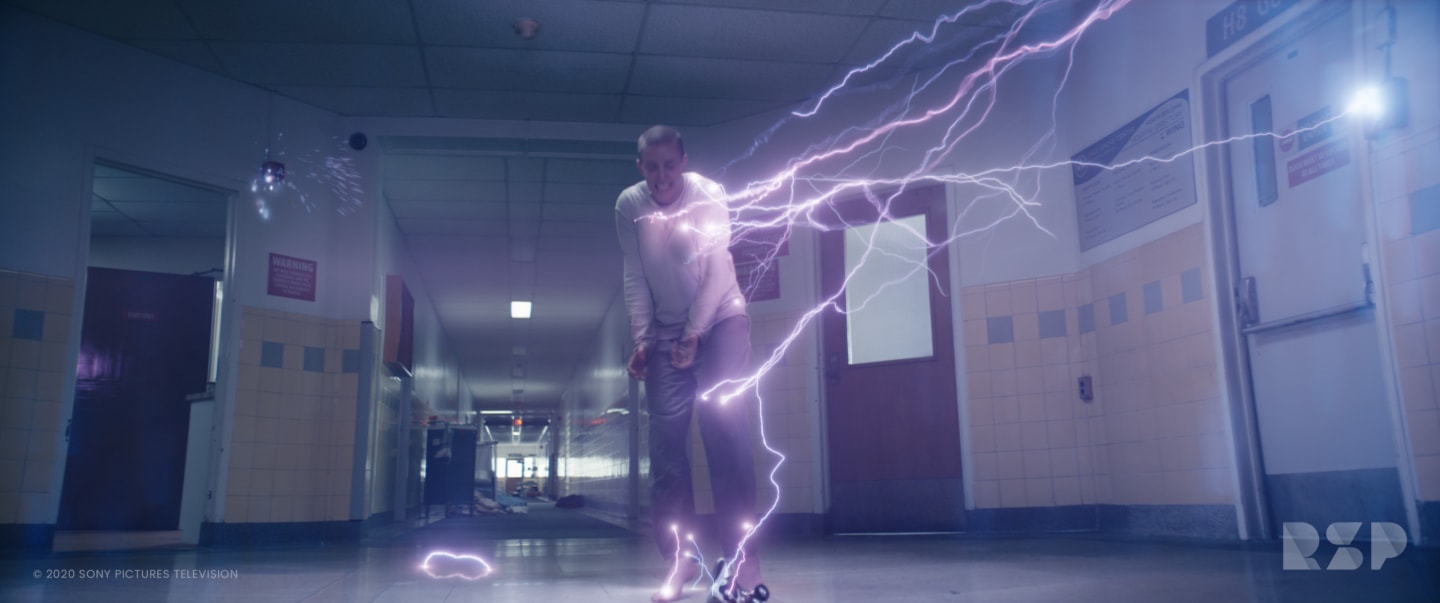
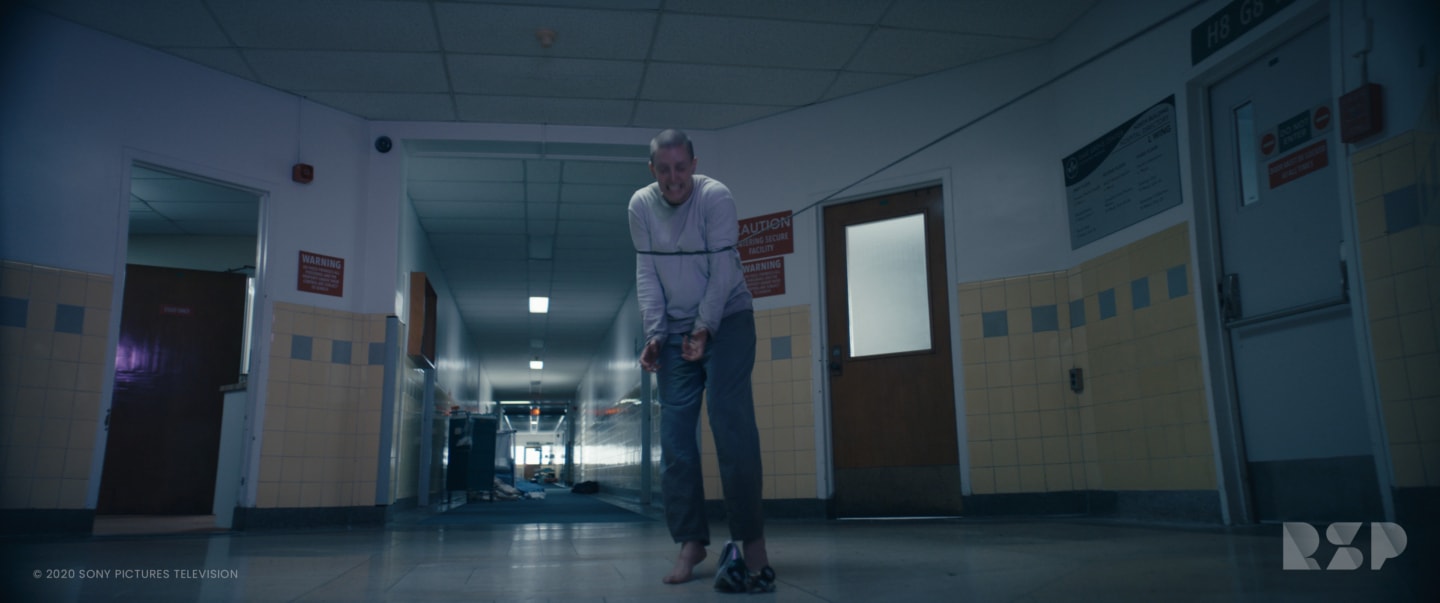
Artists used custom animation rigs and other tools to generate plasma effects quickly and consistently across a myriad of contexts, and to control them with precision. Although electrical energy moves incredibly quickly and changes with every frame, you can look at each frame and see the detail. No matter how the camera pans or shakes, the detail is still there notes CG Supervisor David Bemi.
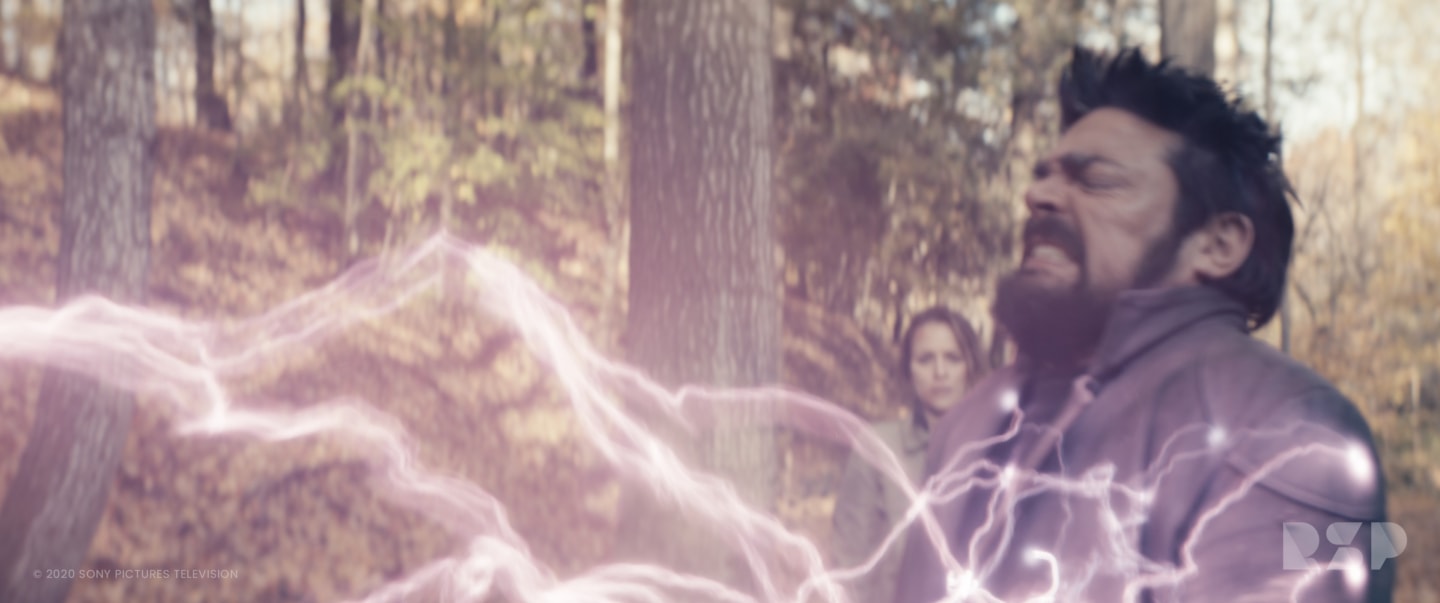
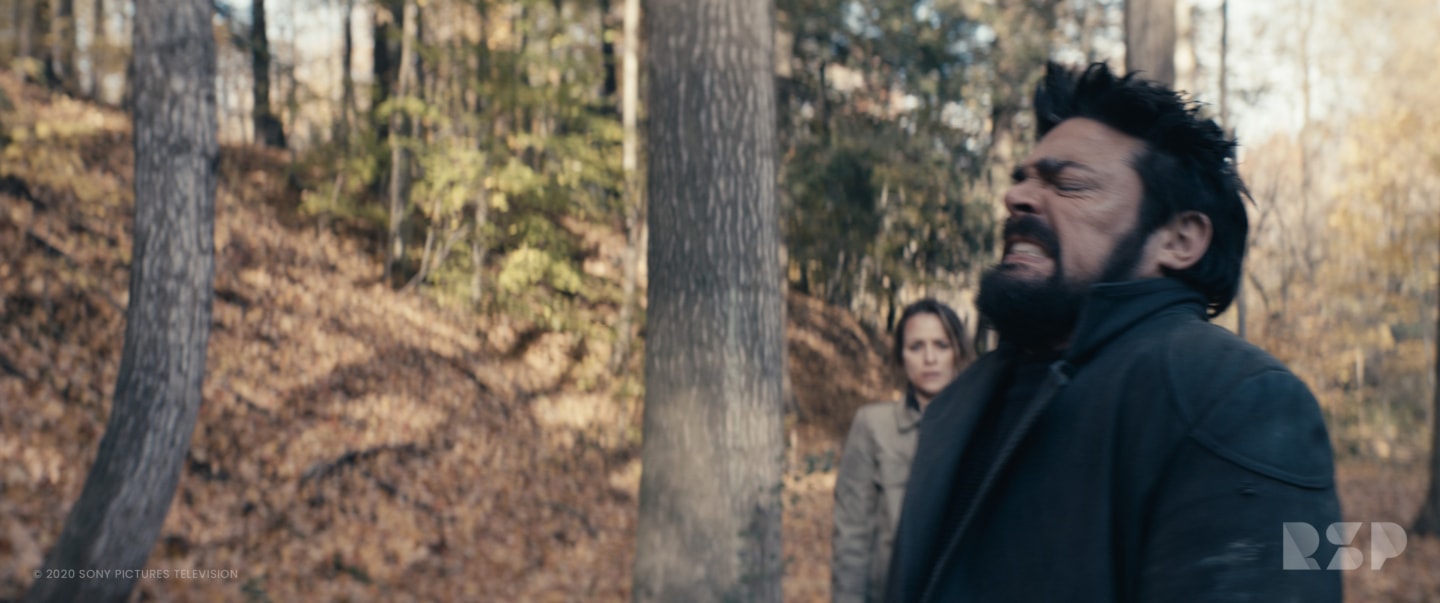
RSP’s biggest challenge involved a fight between Stormfront and another character, that occurs inside and on the roof of a large apartment building. As the two characters fight, they set off a series of explosions and plasma blasts that cause the building to shatter and collapse around them. Spanning more than 350 frames, the scene is predominantly CG.
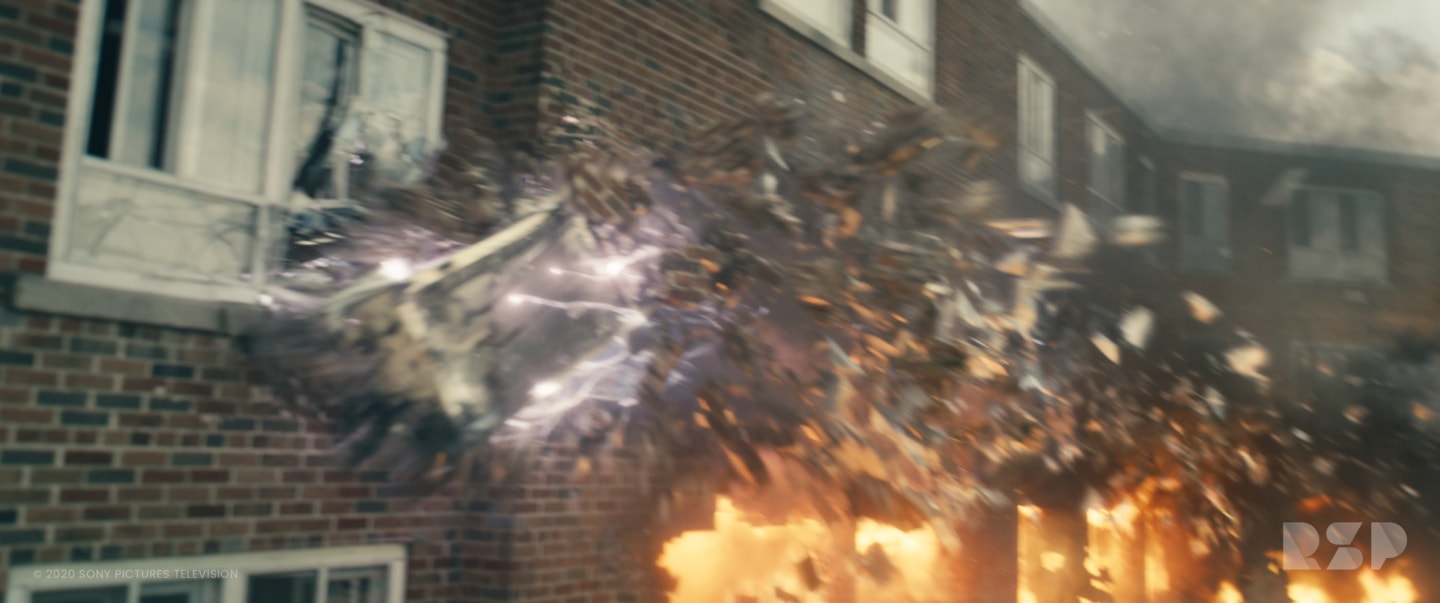
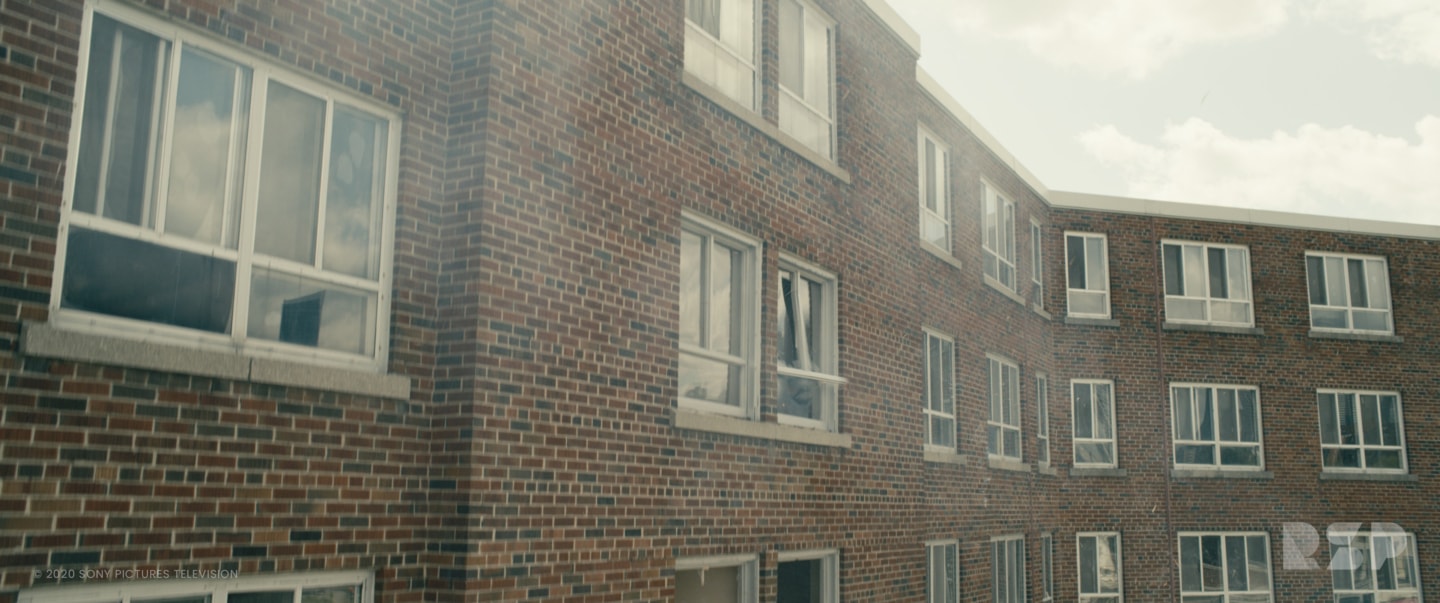
“We started with rigid body dynamic simulations big, broad surface destruction,” Hutchens explains. “We then added props, including a refrigerator that is heaved through a wall, and crumbling bricks. Continuing to build it bit by bit, we layered in glass, debris, embers and swirling smoke and finally plasma and interactive lighting. It was a highly energetic complex shot.”
The Boys
Again, the team went to considerable lengths to achieve realism. “We studied the buildings where the live action was shot,” says Bemi. “We also obtained blueprints from an architect with experience in designing similar structures and even based parts of it on the building housing RSP’s marketing department. The finished CG building has all the details you’d expect to find in housing projects like this, so when our effects department pulled it apart, it happened realistically.”
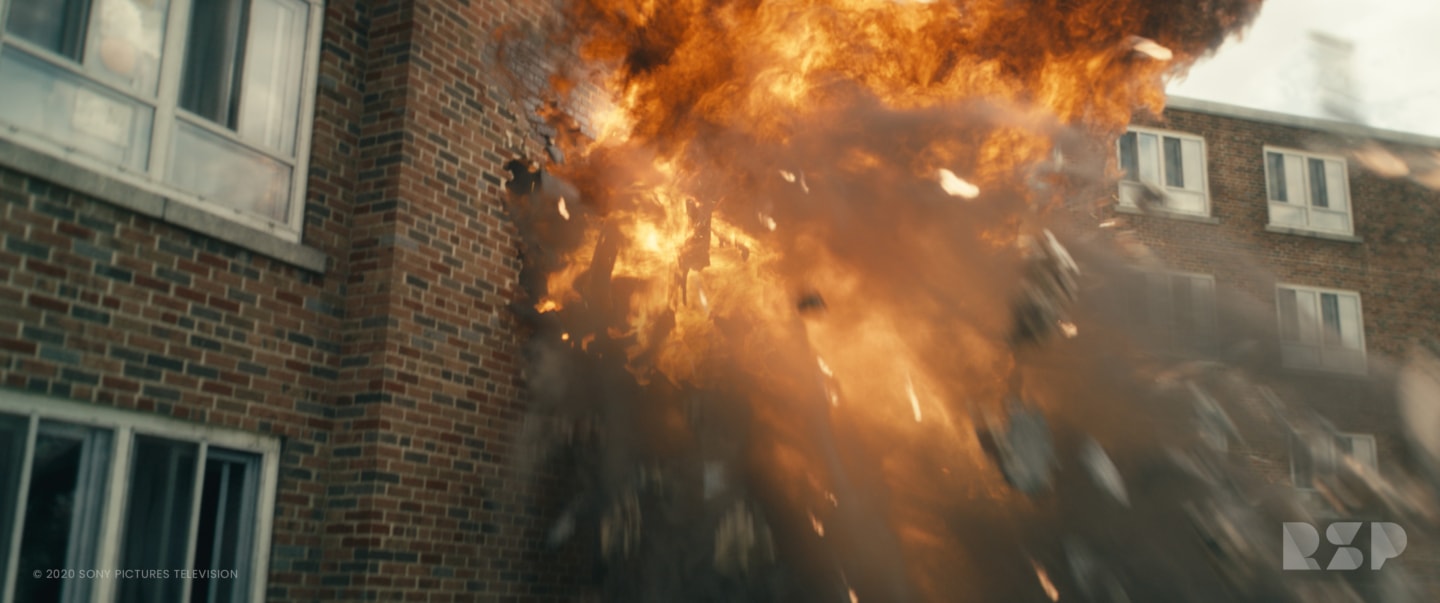
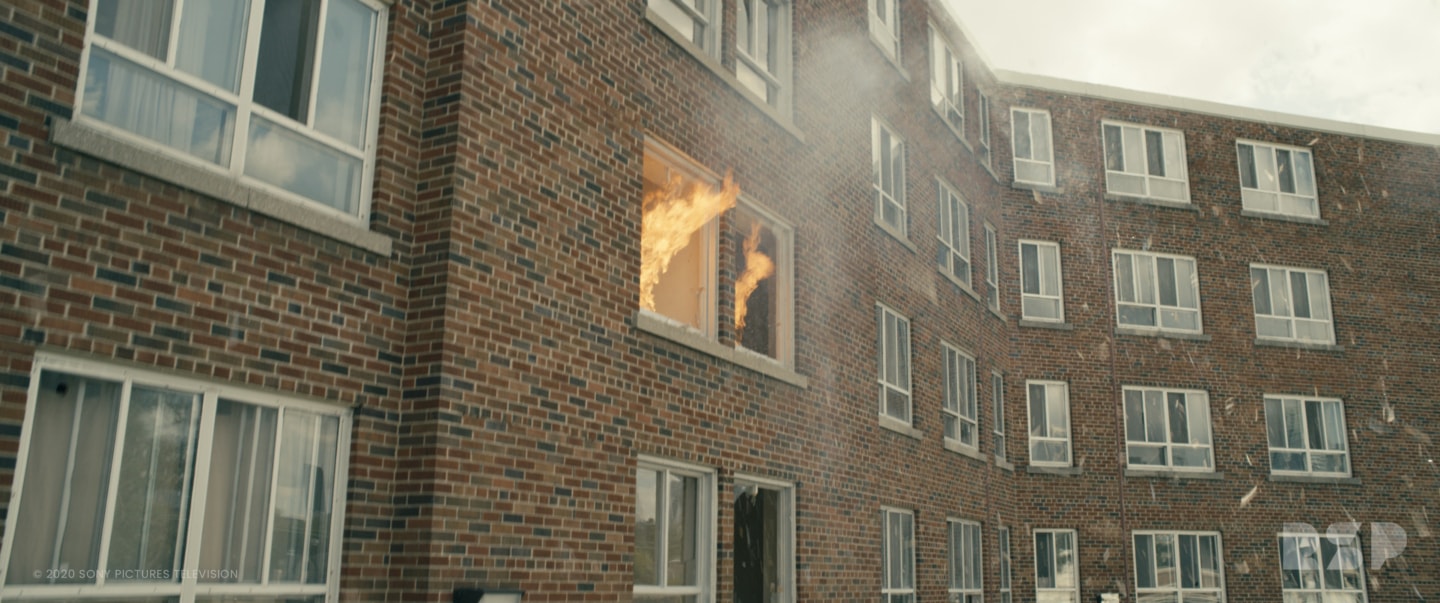
The sequence’s finishing touches were applied by RSP compositors. “The upstream departments did a fantastic job at making it look good out of the box,” says Compositing Supervisor Guido Wolter. “That meant we could focus on the final 20 percent. We added fire, embers and other details and placed burning people into the environment. It was a lot of work, but the results were great.”
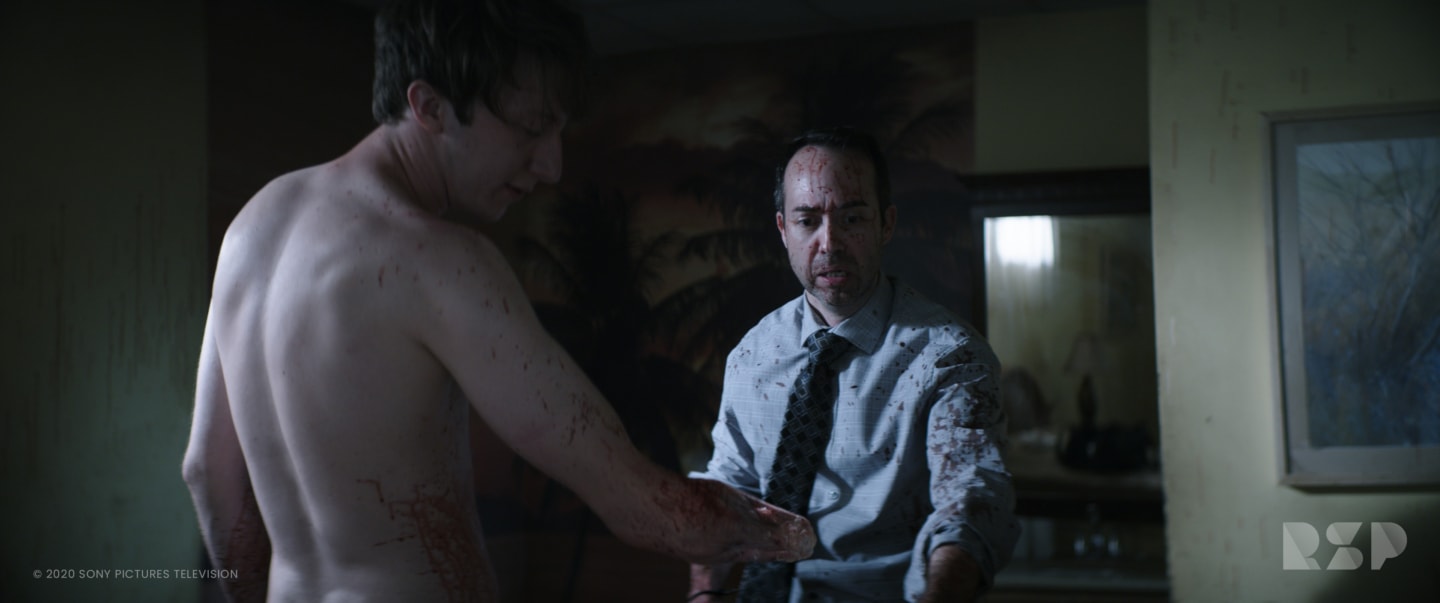
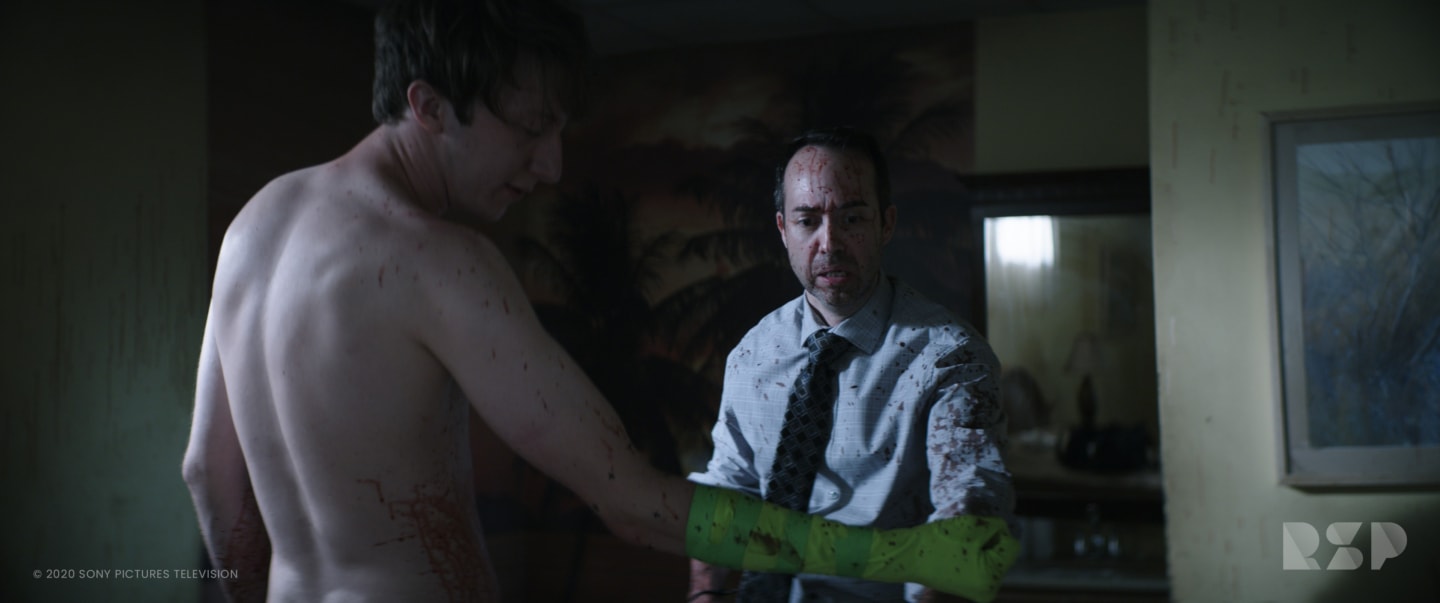
The team also built the environment for a fight sequence between the character, Kimiko, and her brother Kenji. Additionally, they created (and partially destroyed) a fishing trawler for another scene involving Kenji, where he demonstrates his telekinetic abilities.
Additionally, RSP added a grisly touch to a shot depicting the regeneration of a severed arm. “We developed a concept where first a skeletal hand appears followed by deformities that weave into muscle,” recalls Hutchens. “It has life and character while telling the story of how the arm’s substructures grow.”
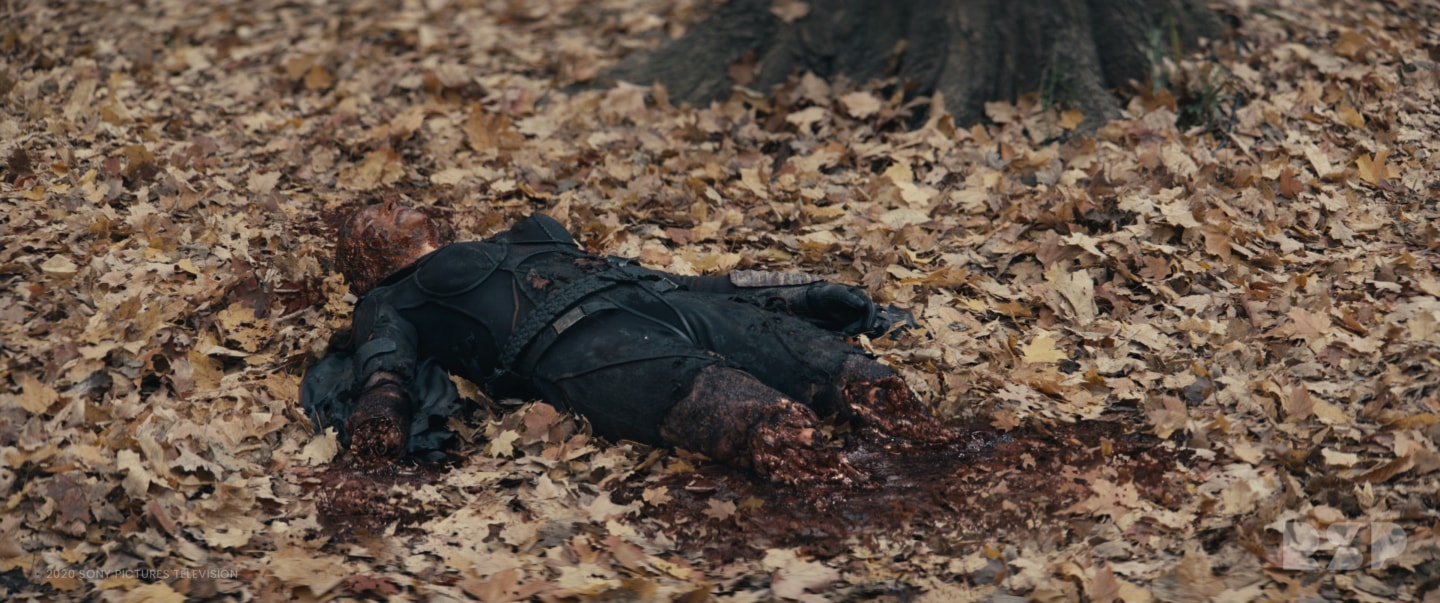
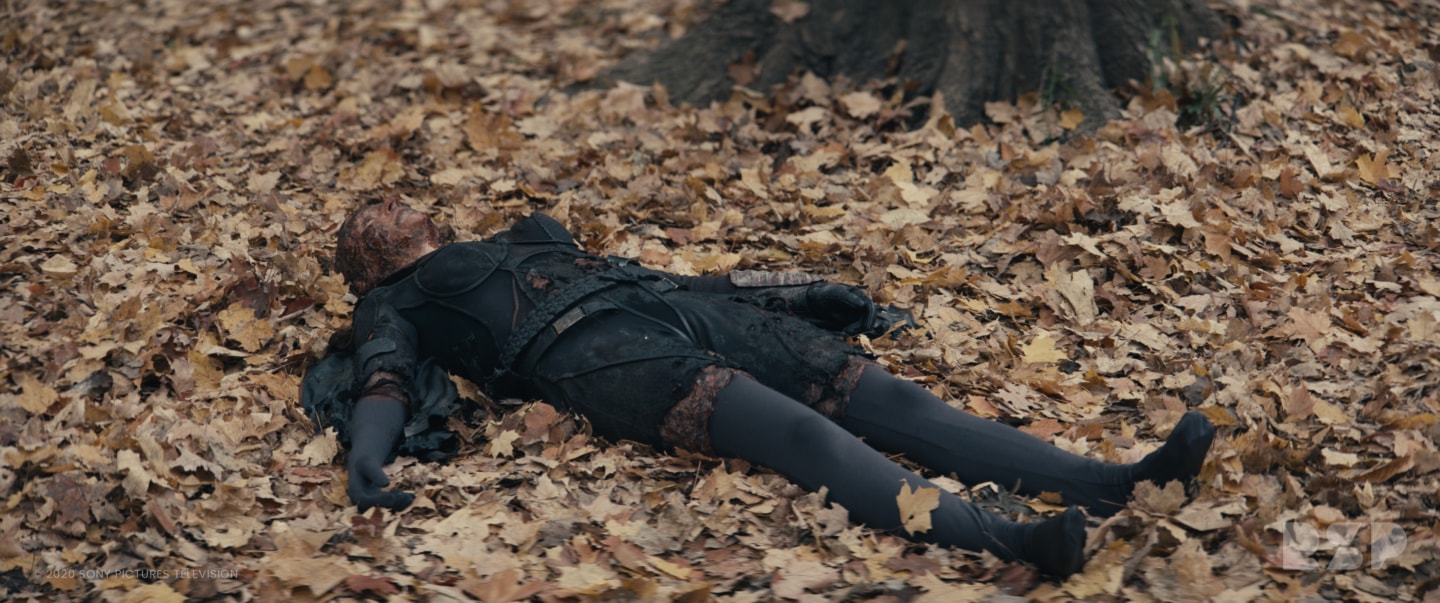
Bemi says the shot’s visceral quality made it a favorite of the animators. “We reviewed hundreds of images from car crashes and other types of accidents, some pretty gruesome,” he says. “We wanted to regrow the arm in a way that looks believable with the bones, tendons and muscles all assuming their familiar shapes. It’s not often that we get to do something so graphic.”
The scope and unique creative challenges of the work inspired the whole team to give it their best effort. “We had blood splats and spurts, plasma blasts, buildings to destroy, people to throw through walls,” notes Wolter. “The variety was incredible. We gave it our all to support the work that was done in lighting and effects.”
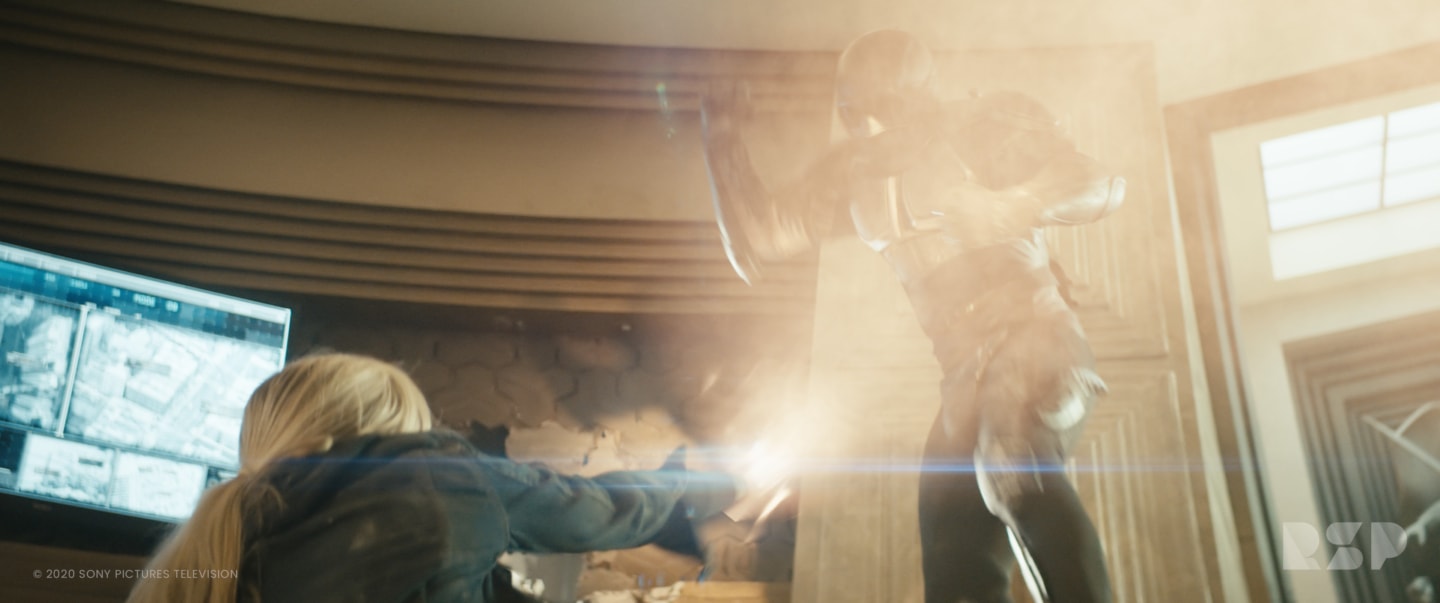
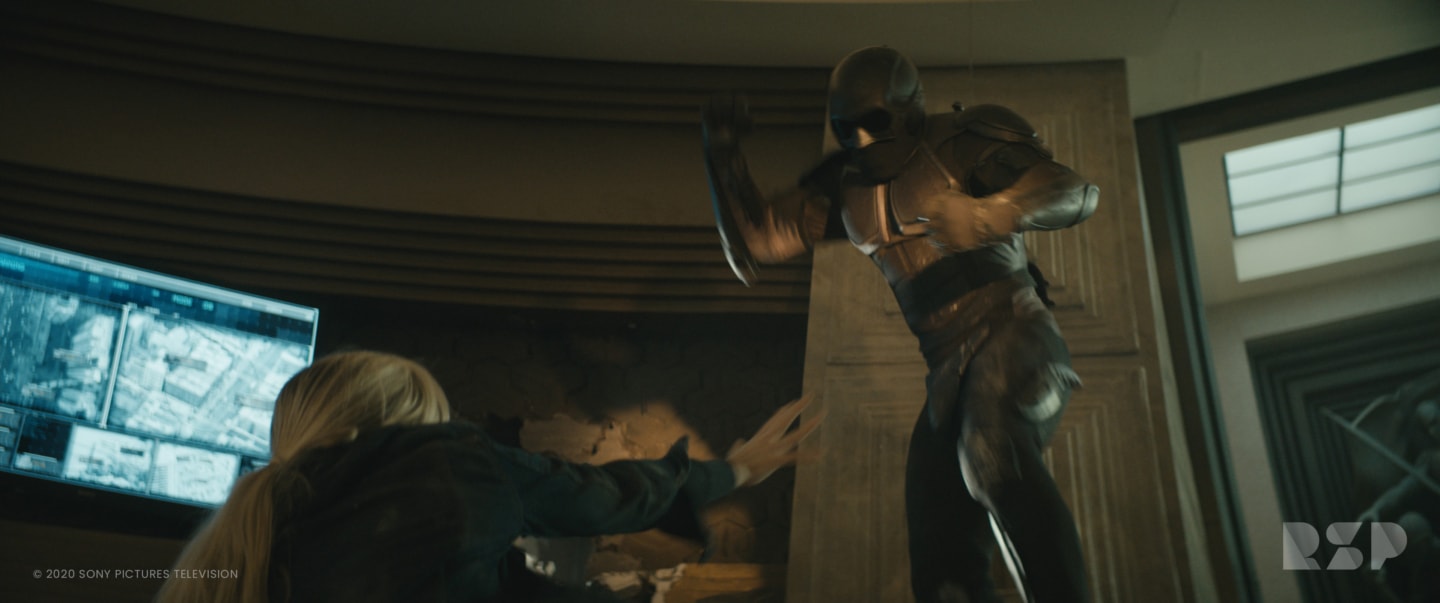
“The timelines, production pace and delivery schedules are different for series, which made a wonderful challenge,” says Hutchens. “We had to remain agile and had to adapt and plan for the long term. In the end, we’re very happy with how the work turned out. The show expects a very high standard. Working on a series that is so well-conceived, well-designed and well-prepared was a treat.”
CREDITS + CREW
VFX Producer
SHALENA OXLEY-BUTLER
VFX Supervisor
STEPHAN FLEET
Rising Sun Pictures
tba
